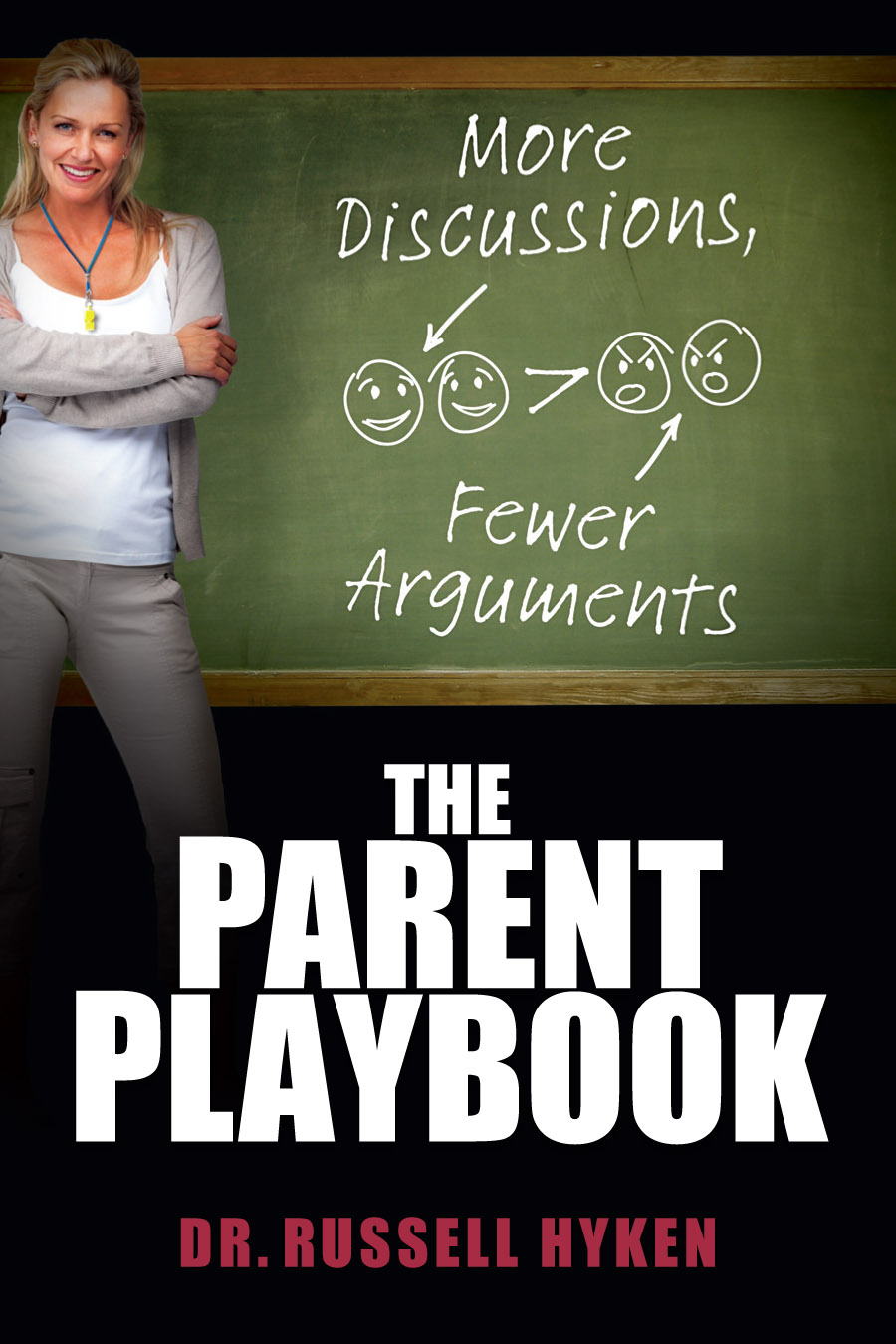Open Their World
As seen in Ladue News, September 25th
Last month, St. Louis and Ferguson dominated national headlines. As the story surrounding Michael Brown’s shooting grew, my 11- and 13-year-old boys had many concerns about the incident itself and their safety, but they also had more general questions about racial conflict, economic differences, and why everyone was so upset.
My wife and I were impressed by the intelligent and sensitive questions that our children were asking. But as we listened, I also started to think about how do we get our kids to a higher level of cultural understanding? How do we ensure that our kids get to know people as people and not as social stereotypes? And how do we, as parents, promote tolerance, acceptance and kindness?
According to the Journal of Marriage and Family Therapy, 75 percent of Caucasian families rarely—if ever—discuss race and cultural diversity. Many parents, at least on a subconscious level, believe that simply exposing children to different cultures is just as good as talking about it. We are happy to take our kids to an ethnic restaurant, but most are unable to speak about the cultural significance of the food or how geography impacts diet.
Becoming aware of ethnic differences is difficult because it takes effort to understand the history. It also is in our nature to talk about how people share similarities as the differences are often ‘foreign’ to us. Parents unfamiliar with Chanukah, for example, may call it the Jewish ‘Christmas’ instead of explaining the historical importance of this celebration.
Interestingly, young children are very alert to differences, albeit, on a concrete level. By the age of 6 months, babies can easily differentiate between skin color and gender. Toddlers make sense of the world by sorting things; and many will actually count or classify their schoolmates by appearance, including race, hair color or size. And by the age of 5 or 6, kids both understand and perpetuate stereotypes.
The best time to fight cultural stereotypes is before they form. For the little ones, it is easy to find toys and books that educate about intercontinental differences, and expose them to characters from different places. Ethnic street festivals also provide opportunities for young kids to try food, enjoy unfamiliar games and ask questions. Small children are unbiased, so take them to the action and open their world.
Older kids are able to think deeply, empathize and intellectualize. Ask your adolescent about how they view specific events and gently challenge with deep questions. It is one thing to know about Michael Brown, but it is another thing to understand the role of local government in law enforcement, or see all sides of the situation before forming an opinion.
Parents might also consider taking a step back to reflect on their own values. Being aware of one’s personal perceptions can be difficult, as our beliefs often exist on a subconscious level. Parents need to appreciate their own blind spots if they are to truly teach their children about diversity.
There is no recipe or instruction booklet that specifically states how to boost a family’s understanding and acceptance. Continually modeling the appropriate attitude, however, can provide a platform for a child to be inquisitive and sensitive. And most important, exercise empathy. Through empathy, we can teach how others might like to be treated.
Our world is merging; there are global economies, cross-cultural education opportunities, and the other side of the planet is just a SKYPE call away. To bring our kids to a higher level of social consciousness, parents should take initiative to both expose and teach about differences. To be successful in the 21st century, today’s youth need to learn how to be sensitive to everyone, no matter where they are from or what they look like.

